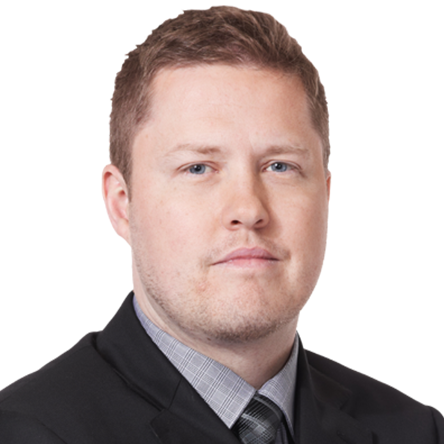Have you heard the news that the European Tour will hold a new event called the Shot Clock Masters next August in Austria?
That’s right. A shot clock. In golf.
Here’s how it will work according to the European Tour:
Each player in the 120-man field will have 50 seconds for the first player in a group to play any given shot, 40 seconds for subsequent players. Players will incur a one-shot penalty for each bad time incurred and these will be shown as a red card against their name on the leaderboard.
Each player will have the right to call two ‘time-outs’ during a round which will permit them twice the usually allotted time to play the shot.
Presumably, the idea of giant countdown clocks sitting atop golf carts as they follow players around for 72 holes sits as well with some of the game’s most ardent (and likely grey-haired) supporters as a three-putt from 10 feet on 18.
Then good. That’s the whole point.
The Shot Clock Masters is the brainchild of European Tour CEO Keith Pelley, a man whose big, bold ideas are often as colourful as his frames.

Pelley, during his previous roles as president of the Toronto Argonauts, Canada’s Olympic Broadcast Consortium, and Rogers Media (parent company of Sportsnet), has never been afraid to fail or try something first.
Now as head of the world’s second biggest golf tour, Pelley understands two things: he is selling entertainment and the audience he is hoping to attract — especially millennials — increasingly find his product less entertaining, in large part due to slow play.
Enter the Shot Clock Masters.
Pelley also knows all too well that one of the root causes for golf’s ever-greying television audiences is the fact that fewer and fewer amateurs are choosing to spend five-to-six hours on a course with their kids. He tells Prime Time Sports in the audio clip below he hopes the Shot Clock Masters will shave 30-45 minutes off the average round.
“We need to look at something that brings in a different demographic,” Pelley tells Prime Time Sports. “If we’re not looking to change and looking to evolve, I think the game runs the risk of falling behind.
The hard truth is that golf, absent significant changes at both the recreational and professional levels, will continue to die a slow, almost certain death as a major participation and television sport in North America and Europe.
Listen here to Pelley at the 15:00 mark. Close your eyes and you can almost picture him pounding his desk in frustration.
The good news for Pelley, golf’s other main tours and the various governing bodies that preside over the major championships, is that their sport isn’t bereft of terrific personalities or compelling competitions.
It just needs to hurry up.
Below is a clip from the infamous 1996 Masters. Watch how long it takes Nick Faldo and Greg Norman to contemplate whether to go for the green in two on the par-5, 13th hole. It’s a pivotal moment in the tournament, arguably the turning point of the event.
If you didn’t stick it out — it’s OK, they weren’t moving fast — it takes Norman two minutes and 45 seconds(!) and Faldo three minutes and 30 seconds(!!) to play two shots. That’s a combined six minutes and 15 seconds to watch two golfers hit two shots.
Nevermind that this was over 20 years ago. Play is even slower today. How many golf viewers today, regardless of age, would be able to resist the lure of the remote during an exchange of “action” like that?
Examples such as the ‘96 Masters, plus this one involving Jordan Spieth on the 13th hole at last summer’s Open Championship, are why not only the PGA Tour, but all major championships, need to follow Pelley’s lead and soon.
Now, go back and start that clip above from the ‘96 Masters, only this time imagine how incredibly compelling it would be — and how much extra pressure there would have been on Faldo and Norman, not to mention their caddies — had there been a 30-second shot clock counting down in their faces, and in the corner of your TV screen.
It would be almost impossible to turn away, wouldn’t it?
Some traditionalists may consider a golf shot clock blasphemy, but it’s hard to imagine those critics are still playing with hickory shafts or persimmon drivers. Evolution is a fact in sports as much as in life. And there would be no greater sin than for golf’s current leadership than to keep its collective head buried in a bunker in spite of overwhelming evidence that drastic action is needed.
And action, like a shot clock set to expire, is what younger sports audiences crave.
I happened to be sitting with a group of sports-mad millennials when news of the Shot Clock Masters first broke. The concept was first greeted by a series of raised eyebrows, a few heads nods and then responses such as “cool,” “awesome,” and “that’s genius.”
Granted it was a small sample size, but it’s not every day you find a group of millennials talking about golf in such excited terms.
So get on with it, golf. The clock is ticking.

